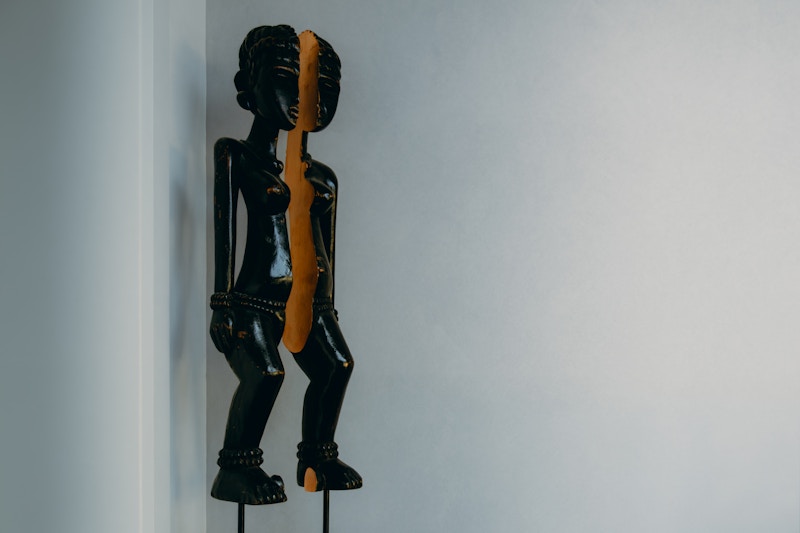
Interview with Gary and Anita Klesch
"The number one rule is you have to fall in love with a painting"
- By TEFAF Editors
- Collector Interview
For our series of TEFAF interviews with various collectors, we have had the honour of beginning with collectors Gary and Anita Klesch, known for their spectacular collection of over 40 paintings from the 16th and 17th centuries. Research and passion are at the heart of their formidable collection. As Patrons of TEFAF Maastricht, for well over a decade, the Klesch’s continue to discover unique paintings to add to their collection.
“The number one rule is you have to fall in love with a painting.”
There are many ways of how people collect artwork. How do you describe yourself as collectors?
Gary Klesch: Focus and discipline are the two principles on which we base the way we collect. The number one rule is you have to fall in love with a painting. And this love might not end in a transaction. Because after falling in love with a painting, we spend a considerable amount of time researching the artwork and satisfying our due diligence check list, which includes the condition, provenance, attribution, and so forth. Our way of collecting is a balancing act between the love for a specific artwork and keeping focus and discipline until we finally decide to purchase it.
When did you fall in love with art for the first time?
Anita Klesch: For me art was always part of my childhood. As a child I remember visiting the Cleveland Museum of Art and I remember being in awe of Rodin’s Thinker at the entrance and of the paintings hanging on the museum walls. This passion grew and led me to my doctorate in art history.
GK: The genesis for my passion comes from my wife, her eye for detail, and ultimately her immense enthusiasm.
What is your main motivation behind your collection?
GK: My wife is an expert in the field, as she is an art historian, and I am an amateur with passion. Together we began collecting soon after we were married. Our first acquisitions were by 20th-century artists, but over the years our focus began to shift towards 16th and 17th century paintings. Adding to our collection is a joy and our work never ends; there is always something new to discover and more research to be done.
THE KLESCH COLLECTION
You have been to TEFAF many times. What was a critical moment for you at the fair?
GK: We started going to TEFAF Maastricht over ten years ago and we bought our first artwork at the fair in 2014. That year David Koetser presented us with a painting by Peter Claesz. We both fell in love with it. We had a great relationship with David and felt he was transparent and open, and we relied on his expertise.
An important focus in your collection recognizes paintings by women artists. Celebrating their skills and adding to the art history that has been mainly ignored by art institutions. What is the importance to you of women artists from this period?
AK: Historically, women artists have been overlooked and underrepresented. In the 16th and 17th centuries, artist studios were male-dominated. It hasn’t been until recently that women artists of this period have begun to reclaim their due recognition. For example, works by Judith Leyster have for years been misattributed to Frans Hals. Although as collectors we have an interest in women artists of the period, we follow the same guiding principles when considering a painting. The painting has to be great and, as we know, women artists produced magnificent paintings during this period, despite the art world having overlooked them for so long. We are now finally acknowledging their talent once again.
Travel restrictions caused by the current crisis have changed the art market drastically. How does the digitalization of the art market change the way you collect art?
GK: The principles of how we collect art haven’t changed because we never buy artwork that we haven’t seen in person. This is always one of the benefits of fairs like TEFAF. In these times, like everyone, we have to adjust, but we’ll continue to collect art. In the end, we’ll always go to the painting or the painting will come to us.







